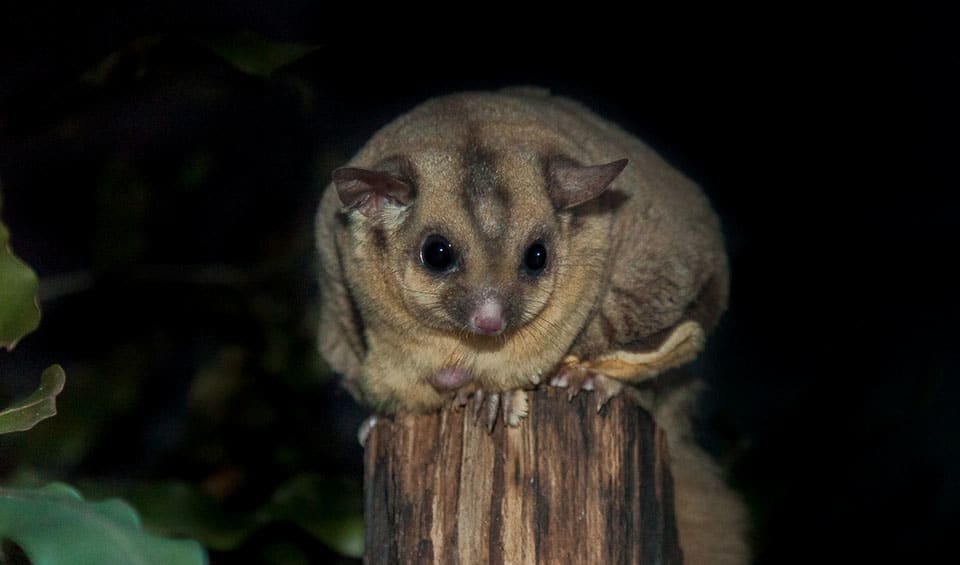Petaurus – Flying phalangers
These tiny acrobats eat a mix of sweet sap from trees, insects, pollen, and nectar
A fascinating genus of marsupials known commonly as gliding possums, which include species like the sugar glider, squirrel glider, and mahogany glider, among others. These small, nocturnal creatures are native to Australia and New Guinea and are celebrated for their ability to glide from tree to tree in their forest habitats. This gliding ability is facilitated by a membrane stretching from their forelegs to their hindlegs, which acts like a parachute and allows them to cover distances of up to 50 meters (164 ft) in a single leap. This not only helps them escape predators but also to move efficiently in search of food.
Members of this genus typically have soft, thick fur that ranges in color from silver-grey to brown, with distinctive markings that can include black patches around their eyes or a dark stripe running down their back. They are small in size, generally fitting in the palm of a hand, with large, expressive eyes adapted for their nocturnal lifestyle. Their diet is quite varied, including nectar, fruit, insects, and even small vertebrates, making them omnivorous.
Sugar gliders, perhaps the most well-known of the Petaurus family, are especially popular as exotic pets due to their adorable appearance and sociable nature. In the wild, these creatures are highly social, living in groups of up to seven individuals. These groups communicate through a range of vocalizations and chemical signals. Social bonds are strong within these groups, with members often seen grooming each other, which helps to strengthen social ties and maintain peace.
Species in this genus
Mahogany glider
Often mistaken as sugar glider though they’re way larger
Sugar glider
Small, furry creatures that look like tiny squirrels



